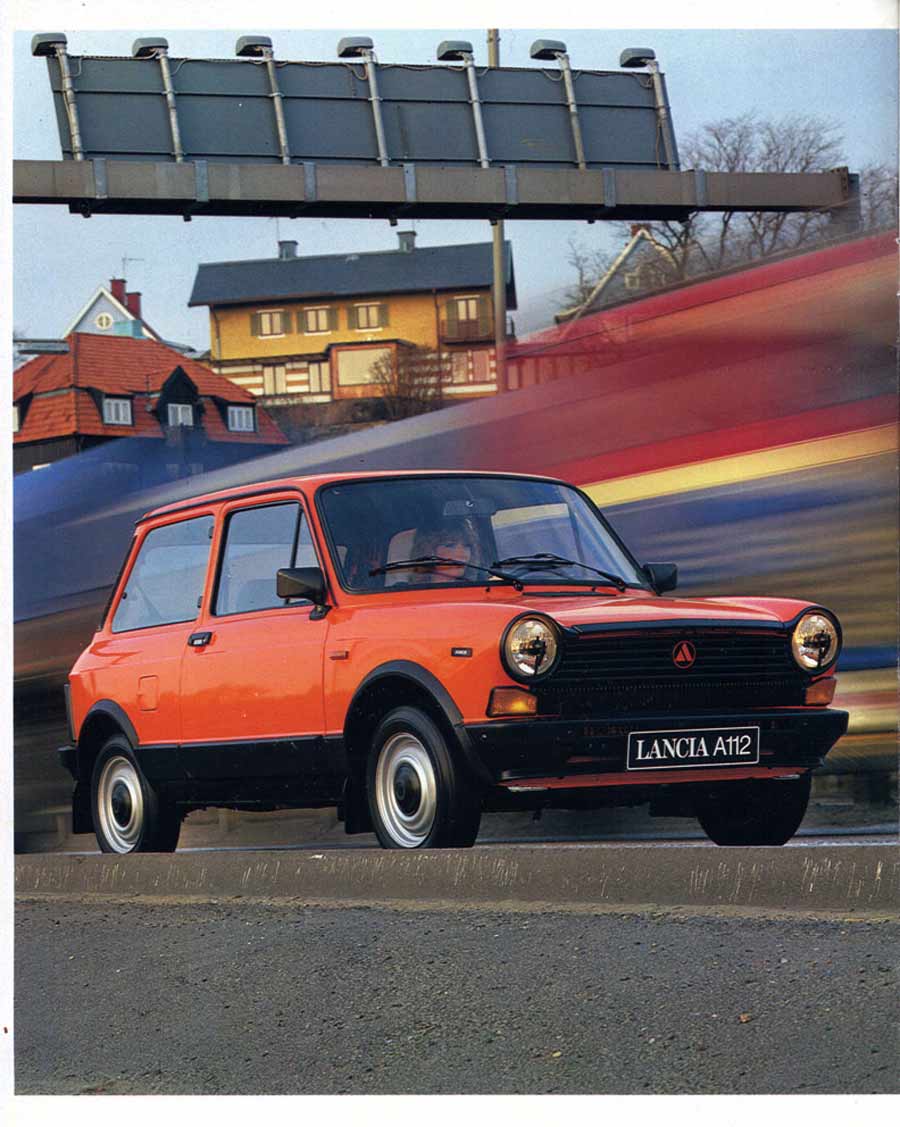To understand how the very Swedish Saab got involved in the Type 4 project which will give birth to 4 large sedans that will have marked the 80s (Lancia Thema, Fiat Croma, Alfa Romeo 164 and Saab 9000), you have to rewind the film and understand the context. With hindsight, From this time distance, one could almost regret that Saab and Fiat did not have a wedding party, letting the GM ogre bite the Scandinavian brand and slowly kill it.
Family Ties: The Dynasties of the Car Industry
In short, to understand the links between Fiat and Saab, we have to think differently than industrially. While everyone is aware of the omnipresence of the Agnelli family in the capital of the Italian manufacturer, few know that Saab, before becoming a subsidiary of a GM, also belonged to a large family, the Wallenbergs. When you have money, Europe is a small playground. It becomes easy to shop in Milan, dance in Paris, study in London and relax in Stockholm.
In the small game of social ties of high society, friendly relations can turn into an alliance of circumstances, help and dismissal. These small agreements between friends enabled Saab to offer at a lower price: 99 and then 900 confirmed Saab’s shift, but the brand no longer has the popular small vehicles in the catalog.
Lancia A112 offered by Saab
These two financially strong families had a solution – Saab will distribute in its network from 1978 the A112 of Autobianchi, a subsidiary of Fiat. Unlike the Saab-Lancia 600, sold in 2000 copies between 1980 and 1981, the A112 will not be badged Saab but Lancia, and it was part of the Saab catalog as a full-fledged model. We don’t know how successful this cross-selling project actually was, but we do know this agreement of 1978 (A112 and Lancia Delta) gave birth to that of 1979, the Type 4 project.

In 1989, when the Wallemberg family was looking to sell 50% of the capital, Fiat had just absorbed Alfa Romeo and Maserati and could no longer afford it. It was GM who jumped at the chance! The end of family car companies? To date, all that remains is BMW (Quandt family) Peugeot (to a lesser extent, the family having just been diluted with the entry of the State and Dongfeng), Fiat (Agnelli family which also suffers from a dilution with the merger with Chrysler) and by extension Tata (owner of Tata Auto in India, Jaguar and Land Rover).











